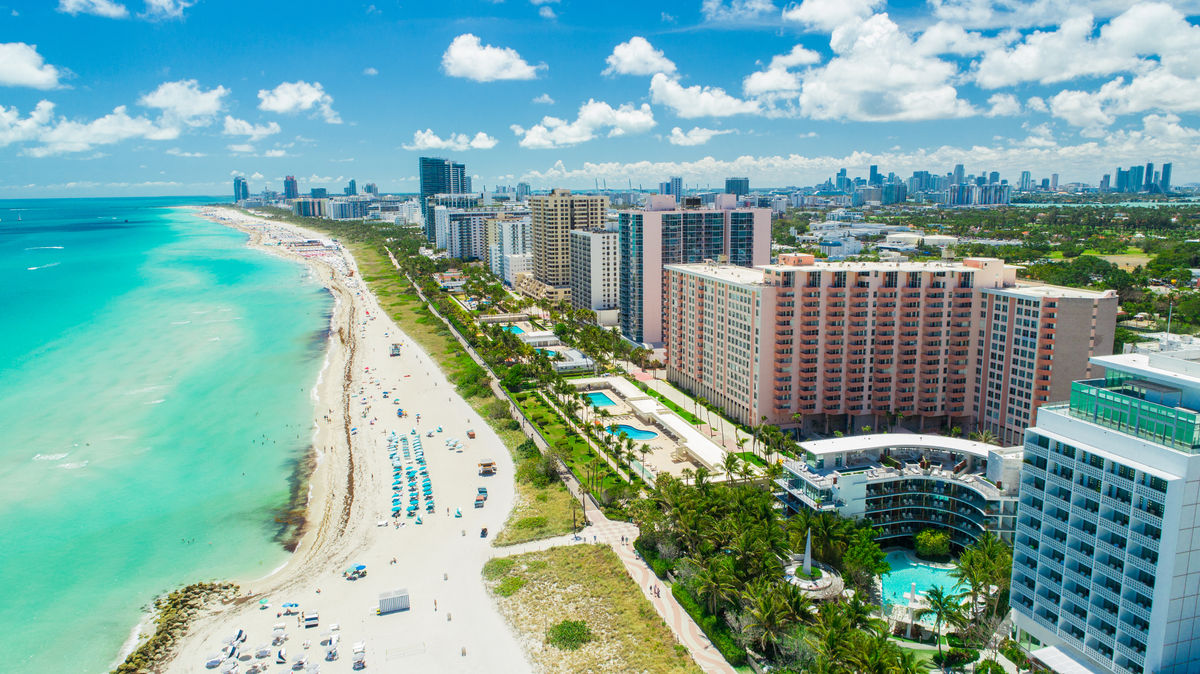The U.S. Army Corps of Engineers has confirmed the permanent removal of certain recreation facilities around Beaver Lake in Rogers, Arkansas. This action follows various operational challenges observed over recent years, with officials noting that adjustments to existing amenities may continue indefinitely to ensure public welfare.
Recent times have seen infrastructural wear at multiple locations, prompting evaluations of the overall safety and upkeep of lakeside areas. In some instances, closures followed assessments identifying compromised features that required extensive repairs or limited public access for designated activities.
As a result of these measures, there are no longer any designated swim areas at the impacted sites. Visitors can still enjoy some portions of the shoreline for activities such as picnicking or fishing, following posted guidelines. Public advisories note that safety remains a principal consideration for any further operational changes.
In a broader context, reservoir management usually includes periodic evaluations of shared recreation spaces. Over time, these assessments can lead to adjustments in facility operations, ensuring the public continues to have safe and manageable access for a variety of outdoor pursuits.
Some recognized coastal reports suggest that living shorelines or rock revetments can reduce erosion rates by an average of 50% to 70%, helping waterfront properties maintain more stable terrain in the long run. A reputable outdoor tourism survey indicates that offering alternative water-based amenities, such as paddle-sport rentals or fishing piers, can increase overall guest satisfaction by around 20% after beach closures, providing visitors with new ways to enjoy lakeside settings.
Industry guidelines frequently highlight natural solutions for safeguarding lakefront terrain, such as planting vegetation or installing bio-logs. These measures can hold soil in place while preserving the scenic quality of waterfront areas. Some property operators also schedule routine site inspections, giving them an opportunity to detect and address early signs of decline before major structural concerns arise.
Others opt for small-scale retaining walls or terracing, which can reduce soil movement and promote stability. Strategies such as redirecting footpaths or improving drainage often help protect vulnerable zones from excessive wear. Combined, these approaches foster a safer and more visually appealing environment for visitors.
In the realm of outdoor recreation, stakeholders often consider launching new amenities to keep waterfront areas active. Features like paddling activities, fishing piers, or floating docks maintain a focus on water-based enjoyment without requiring designated swim zones.
General practice suggests that guided walks or educational activities can broaden the appeal of lake destinations. Such programs encourage deeper appreciation for local habitats and can diversify visitor experiences beyond traditional swimming. Some locations also introduce scenic seating or picnic areas, allowing guests to enjoy water views comfortably.
Many properties have found value in reservation systems that offer real-time updates on environmental conditions. These platforms help visitors plan effectively, mitigating inconvenience and improving overall satisfaction throughout the season. Efficient communication can encourage responsible use of shared spaces at times when adjustments or repairs are necessary.
Decisions to remove amenities can have lasting effects on local traditions and visitor experiences. Public notices typically emphasize that ensuring safe conditions ranks high among agency objectives. Adjusting facilities in response to changing conditions can potentially reduce maintenance needs over time while still promoting welcome access.
Evolving operations across similar sites nationwide often involve balancing multiple priorities, from financial feasibility to ecological considerations. Ongoing evaluations may prompt further changes to recreation offerings or infrastructure over time, reflecting an ever-present need to adapt.
Officials have indicated day-use activities remain open for most public areas, ensuring continued access to scenic shorelines and related amenities. Over time, carefully chosen enhancements may preserve visitor satisfaction and support sustainable management practices across these lakeside locales.
.png)
.png) 1 month ago
3
1 month ago
3








 English (US) ·
English (US) ·  Spanish (ES) ·
Spanish (ES) ·